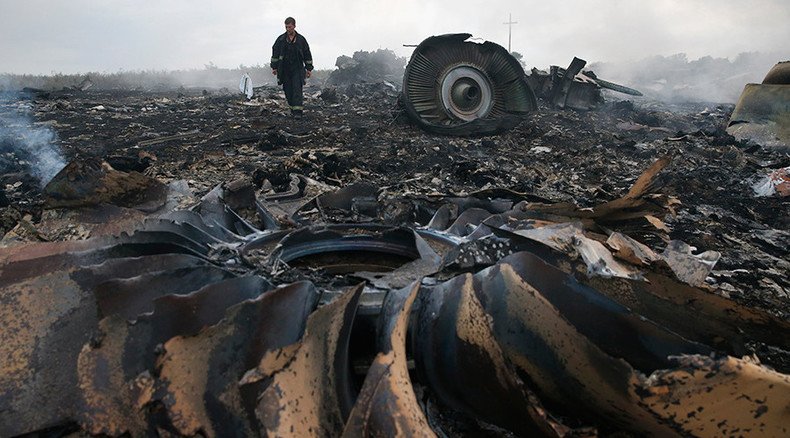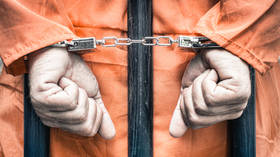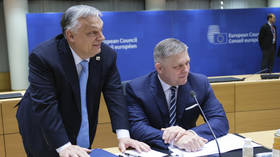Moscow asks UN aviation agency to intervene into MH17 probe - report

Russia has appealed to the head of the UN aviation agency to intervene in the investigation into the MH17 crash in Ukraine to prevent the Dutch experts in charge from ignoring the findings of their Russian counterparts, according to a new media report.
The Deputy Chief of Russia’s Federal Air Transport Agency, Oleg Storchevoy, sent a letter to Olumuyiwa Benard Aliu, the head of the International Civil Aviation Organization (ICAO), after becoming acquainted with a draft of the final report by the Dutch Safety Board (DSB), which is heading the probe. This was revealed by Malaysian newspaper the New Straits Times on Sunday.
The letter, received by the ICAO on September 16, states that the DSB ignored “comprehensive information” provided by the Russian side and relating to the downing of the Boeing 777 over war-torn Eastern Ukraine on July 17, 2014, the media report said. In the letter, Storchevoy said that, in conducting its investigation, the DSB had violated the principle of “sequence of conclusions,” one of the most fundamental rules when conducting probes into air crashes.
He went on to explain that, instead of conducting its investigation in a logical order, by first examining the damage to the airplane and then, based on this analysis, drawing conclusions as to its cause and source, the DSB had begun with an assumed hypothesis, and worked backward to demonstrate that the evidence met the criteria necessary to prove their preconceived conclusion.
READ MORE: Dutch media sue govt, demand it release full info on MH17 crash
He stated that the DSB steered the investigation to prove that the aircraft was destroyed by a BUK missile launched from a certain location.
“This is before any research into the characteristics of the warhead which brought down the plane was done. The basic data and methods of identifying where the missile was fired from were also not explained by the DSB,” the letter said, as quoted by the New Straits Times.
The US and EU blame Eastern Ukrainian rebels, who were fighting government forces in the area at the time, for downing the plane with a BUK missile system provided by Russia. The claims have been repeatedly denied by both the rebel militias and Moscow, which have urged the West to wait for the official results of the investigation.
E.Ukraine self-defense hand over MH17 debris to Dutch investigators, following RT documentary http://t.co/wpOJHdfTrcpic.twitter.com/gHbTTBpSX3
— RT (@RT_com) October 1, 2015During two meetings with the DSB, Almaz-Antey, the designer and producer of BUK missile systems, declassified the specifications of its rockets - the 9M38 and 9M38M1 surface-to-air missile systems to aid the inquiry, the letter said.
The details provided by Almaz-Antey included technical specifications, flight and ballistics characteristics, launch parameters, algorithms governing the detonator and characteristics of the warhead, the report said.
Storchevoy added that the Russian arms maker also provided detailed data describing the damage that would have been incurred by the Boeing had it been hit by a BUK missile, but the DSB refused to consider any of this information, as well as other Russian findings.
“All these detailed calculations were ignored by the DSB. As a result, the DSB arrived at conclusions that contradict common sense and are not consistent with the design of this weapons system,” he said.
He added that the DSB draft report also had discrepancies with regards to the metallurgical properties of the missile and size of the warhead.
“According to the [DSB] calculations, the weight of the warhead was no more than 33kg, and the main warhead was equipped with between 3,000 and 4,000 ‘pre-formed fragments’ that weighed around 3g each. These do not correspond with the BUK at all.”
READ MORE: MH17 investigators to RT: No proof east Ukraine fragments from ‘Russian’ Buk missile
According to the Russian side, the Dutch experts also failed to properly document and examine the metal fragments found at the crash site in Eastern Ukraine.
“[The fragments] were submitted half a year later, after the investigation began. As a result, a year after the accident, there is no proof to connect the pre-formed fragments with missiles of any type.”
“Taking the abovementioned into consideration, there is no proof that this aircraft was destroyed by the BUK rocket,” he concluded.
The Netherlands was put in charge of the probe because the majority of the 298 people who died in the crash were Dutch citizens. The Dutch have been heading two international investigations into the crash: a criminal inquiry and the probe into the crash’s causes (the latter headed by the DSB).
The DBS earlier announced that it would release the long-awaited final report on October 13 this year.
LISTEN MORE:












